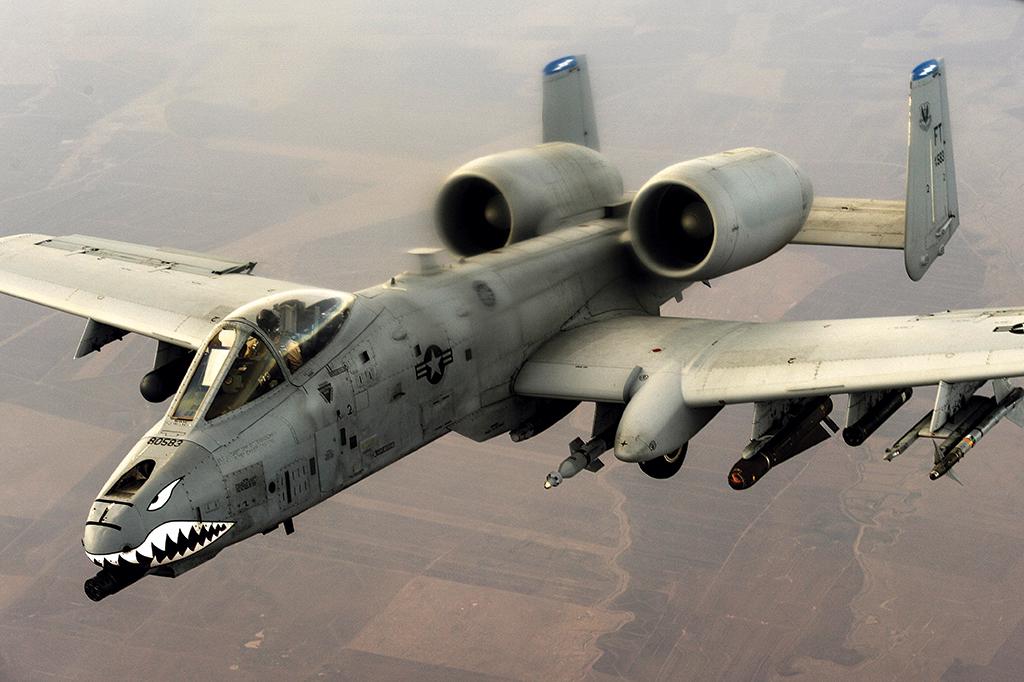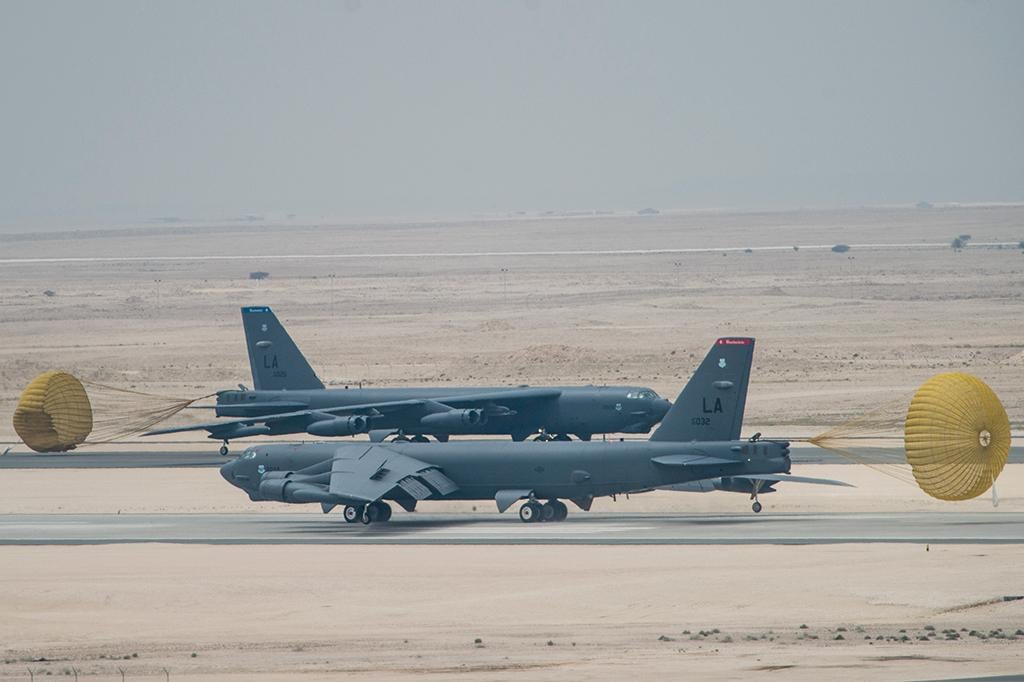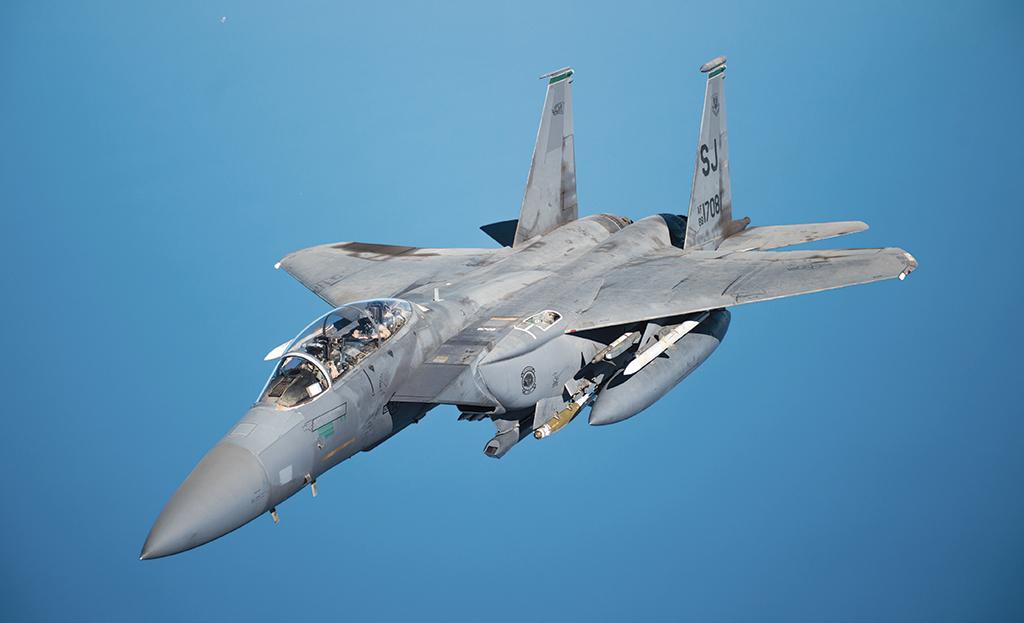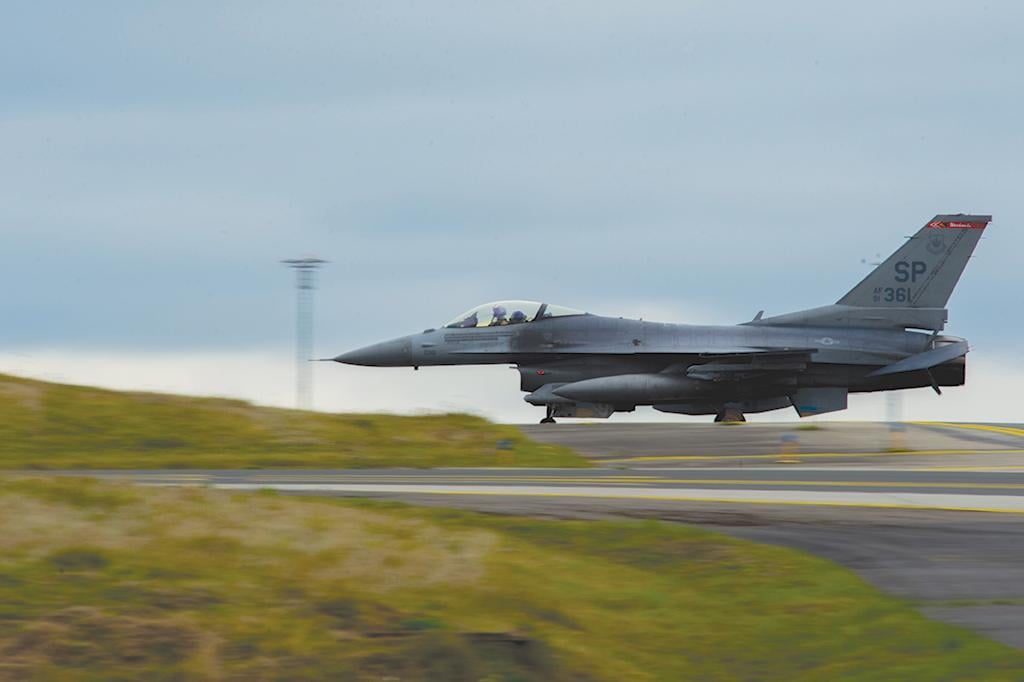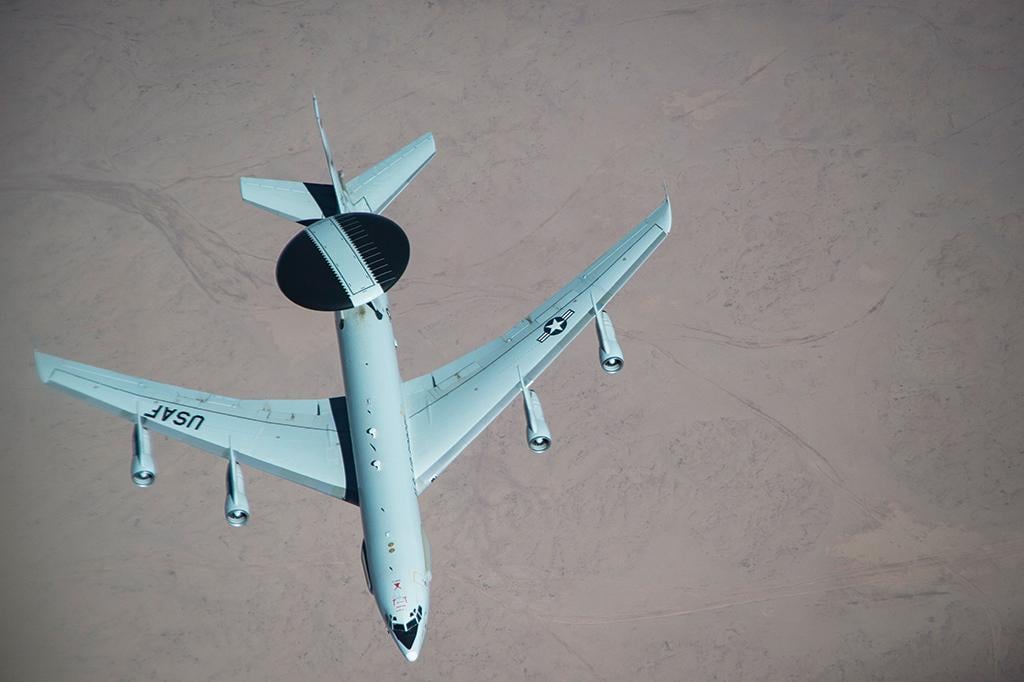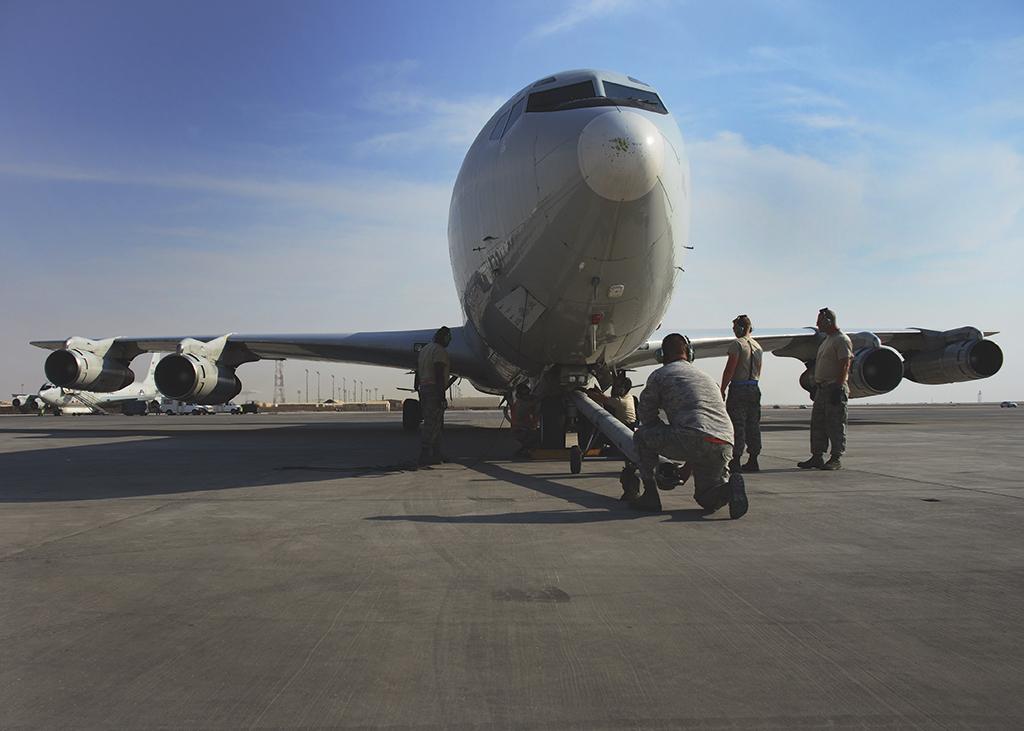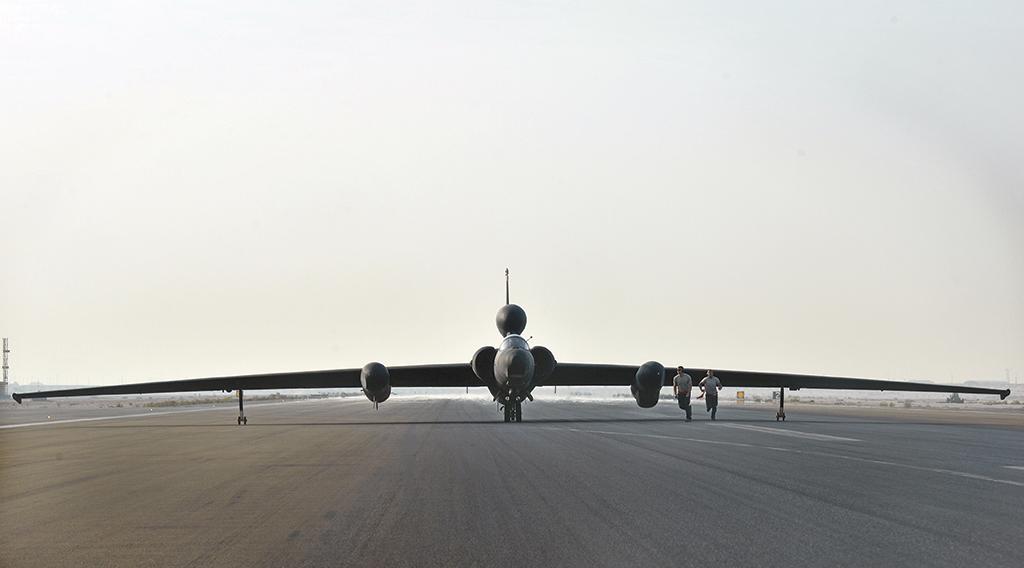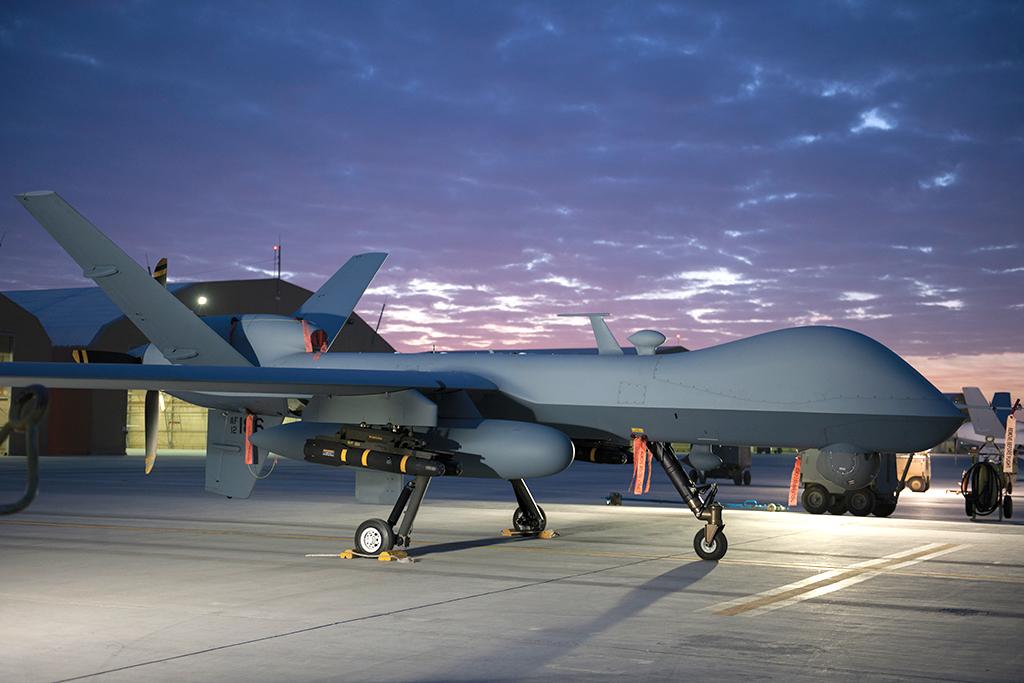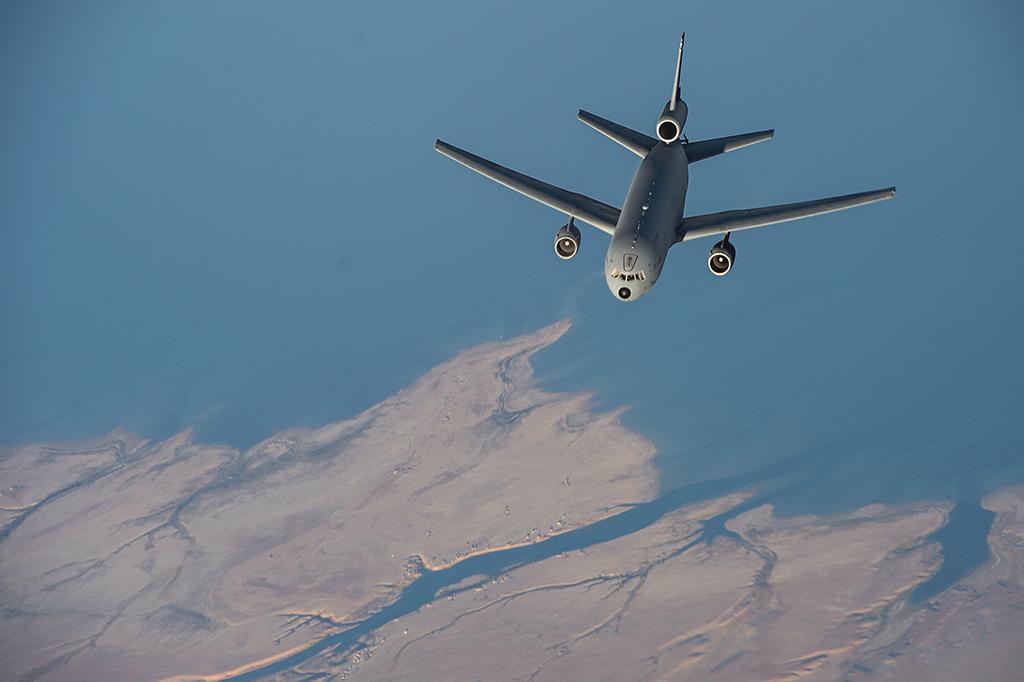How The U.S. Air Force Is Supporting The Battle For Mosul
November 04, 2016In an offensive operation to retake Mosul from Islamic State terrorists, tens of thousands of Iraqi and Kurdish troops are now closing in on the eastern edge of the city at the heart of the militants’ self-proclaimed caliphate. Although the U.S. has no soldiers on the ground, the U.S. military and coalition allies are backing up ground troops advancing on the city with relentless air support.
The U.S. Air Force is calling on aircraft across the service to battle the terror group in the northern Iraqi city, from F-22 fighter jets and B-52 bombers to UAVs, KC-10 refueling tankers and intelligence, surveillance and reconnaissance (ISR) assets such as the U-2 spy plane. Col. Daniel Manning, deputy director of the Combined Air Operations Center (CAOC) at Al Udeid AB in Qatar, spoke with Aviation Week about the Air Force’s strategy for supporting the battle for Mosul. “The Iraqi government forces all around Mosul essentially will squeeze it till Daesh has no safe haven left,” says Manning, using the Arabic acronym for the Islamic State group. “We’re providing air power to support that ground movement to help the Iraqi ground force find Daesh, and then when they do find them, help them to destroy them so that they can continue to push to liberate Mosul.”
